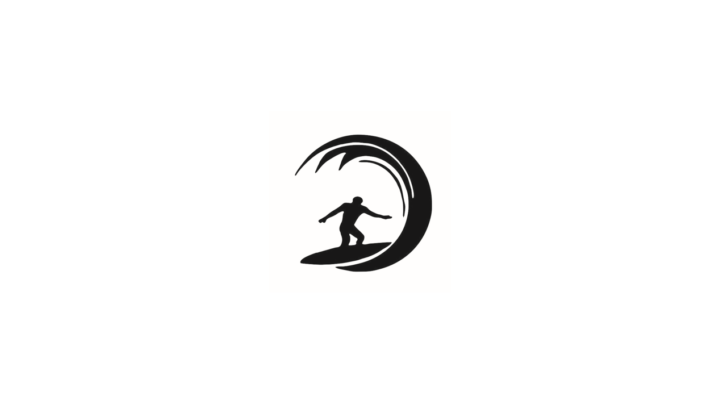Surfing the web to any number of social media sites, articles, business sites, and content aggregators is pretty much a part of everybody’s daily routine. A page catches our eye, the cyber-sun hits the water just right, and we paddle over to explore an uncharted piece of digital sea, trusting our browser and anti-virus to keep us protected.
Much like surfing the web, most users are generally aware to beware on the internet. Ads often contain malicious content, downloading a free PDF converter can often summon a storm to your sea and halt your surfing altogether, or even worse, it can lock your whole system up with a nasty virus like ransomware. What’s a savvy surfer to do?
First, and most important, is to know the signs. If you were to go to the beach and troubled waters were ahead, you might expect a red flag to warn you of impending danger. The same goes for internet browsing, ads, and new websites that might be worth visiting. A couple red flags to look for are a green (or sometimes grey) lock on the top left corner of your screen, known as the SSL certificate. That means your data won’t be easily intercepted and your traffic is secure. This lock is extremely important for any website you intend to spend money on or create a user account with. If that lock is missing, proceed with caution.
After you’ve confirmed you’re on a site with a security certificate, you’ll want to make sure the site seems reputable, and they’re not asking you to download programs or files with a bunch of pop ups. While sometimes the content you access or download on a site may be safe, it’s still a good idea to be wary of ads since these come from all over the internet and chances are no one has checked for the safety of their content. If an add pops up that catches your eye, look up the product name in a new tab first to make sure everything checks out okay.
Now that you know how to spot shark fins beneath the waves, we can consider your surf gear: A secure, up-to-date web browser and anti-virus. An up-to-date browser like Microsoft Edge, Google Chrome, or Firefox (Safari is great too, if you’re a Mac user) is how you’ll want to access the web. These browsers receive regular updates and may even support a browser version of your anti-virus. This way, if you come across a website that’s been compromised or has a bad reputation, your browser will have a greater chance of stopping you, or at least bringing it to your attention before you click a dangerous link.
Finally, be wary of unofficial browser plug ins and downloads. Often, you want a feature that’s only available through a free piece of software or a browser extension; however, disreputable extensions are a staple method for smuggling malware onto your machine. Only download software from a reputable source and check the terms and conditions! You may only want something to play music on but may be agreeing to run malicious code on your device.
Cybersecurity is always changing, and good web-browsing habits will help maintain your security, performance, and keep your overall experience a positive one. Remember to check the waves, check for red flags, and make sure you’re ready to surf with up-to-date software and equipment.
Have questions or want more information on internet security privacy? Let us know here!
First published in our August 2019 IT Radix Resource newsletter


